Orlando City
Orlando City at D.C. United: Five Takeaways

Well, what can you say? If you’re an Orlando City fan, there’s not much that can console you as you try and digest just what happened last night over your Sunday morning Wheaties and coffee. Here are five things we took away from last night’s 4-1 loss to D.C. United:
When Opportunity Knocks You’ve Gotta Answer
This game was as must-win as Orlando City has had in its short MLS history. The Lions and D.C. entered the game even on points with the exact same record, with the winner (at least temporarily) vaulting above the red line into the playoffs. You’d figure this one to have been winnable on paper, even though the score tells a different story. D.C. boasts one of the most mishmash rosters in MLS, consisting of other team’s thrown-away role players and prospects that didn’t pan out (case in point, Patrick Mullins), but somehow is playing well enough to contend for the playoffs (hint: it’s because too many teams make the playoffs). Give D.C. credit where Orlando fails; when the chips hit the table they were able to come up with three points.
Beginning and End of Halves
It’s a sports cliche, but the beginning and end of halves are critical points in a game in which the fate of the contest is often decided, and if you look at this one that cliche rings true. After going up in the first half, D.C. dropped two goals inside the first 10 minutes of the second, and any chance of a comeback to even earn a point on the road looked bleak, if not impossible. Four of the 12 goals in this three-game losing streak have come within 10 minutes of the half, and the psychological toll which that takes can be devastating in the landscape of the game.
When it Rains, it Pours
Just when you thought Orlando City under Jason Kreis had figured things out, this most recent three-game stretch happens. Two straight wins over NYCFC and Montreal had even pessimists smiling, but since then things have become downright dreary. Three straight losses in which the Lions have allowed four goals each and been outscored by eight, all while seeing other teams pass them in the race for the playoffs, have put the postseason seemingly out of reach.
Where’s the Leadership?
Jason Kreis had a similar sentiment in his post-game presser in a very throw-the-team-under-the-bus statement, but where’s the leadership on this team? When things go bad, you’d expect your team’s leaders to be able to bear down, bring the team together, and tighten things up — not continue to take punishment, especially in a game with this much at stake. Was the third goal a little fluky? Sure, but things happen, and you need to be able to find that fighting spirit as a team that no game is out of reach. Outside of a few moments after Baptista’s goal, that wasn’t there in the second half. Antonio Nocerino is someone you’d expect to be one of the leaders on this squad, and he was sent off with a red, while Kaká was subbed off with time to go. Who are the leaders on this team?
Uphill Climb
Given the magnitude of this loss, a playoff berth now looks something like a miracle for Jason Kreis and co. Orlando’s last four games are as follows: at Toronto, vs. Montreal, at Philadelphia and vs. D.C. While there are certainly some winnables in that stretch (Montreal at home, D.C. at home) there’s at least one nearly certain loss (at Toronto). New England plays tonight on FS1 against Columbus, so if that game goes according to form the Lions will have the nearly impossible task of making up five points on the eighth place team with D.C. in between. Is the season over? Crazier things have happened, but it’s not a bright window right now.
Those are our thoughts on the game, but what were yours? Is this season over? Leave us your comments below.
Orlando City
Orlando City vs. Atlanta United: Player Grades and Man of the Match
How did your favorite Lions perform in Orlando City’s 2-1 home loss to Atlanta United?
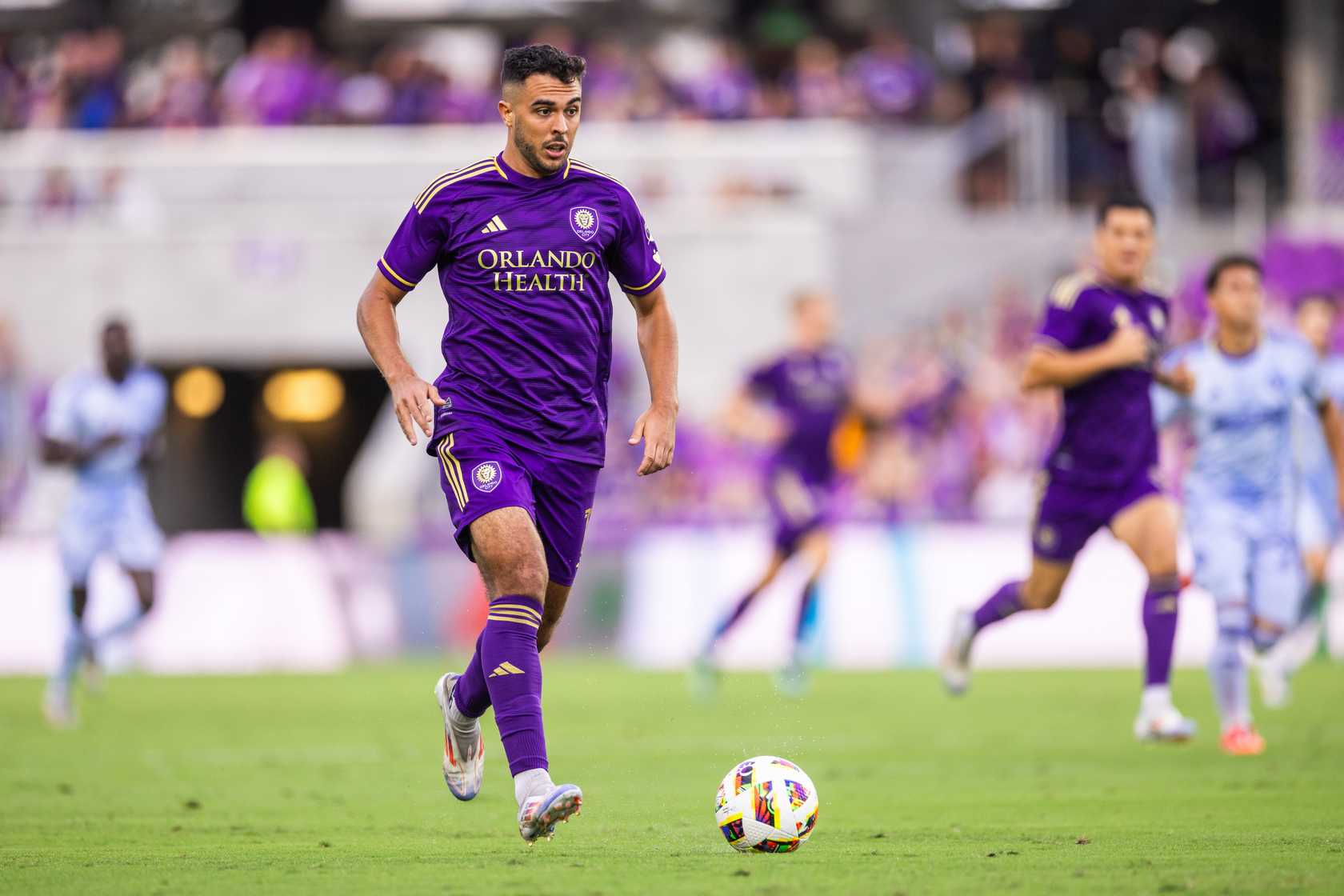
In a somewhat disappointing fashion, Orlando City closed out the 2024 Major League Soccer regular season at home with a 2-1 loss against rival Atlanta United. Following the most recent international break, Orlando City failed to recapture the form that had propelled the squad to three straight victories. After digging themselves an early two-goal hole, the Lions found a way to score before the half and then thought they’d equalized late, only for a Decision Day video review decision to go against them.
Let’s take a look at how Orlando City’s players rated individually in their matchup with Atlanta in the regular-season finale.
Starters
GK, Pedro Gallese, 6.5 — Atlanta attempted nine shots in the match and was able to put five on target. In a blink-and-you-will-miss-it type of start to the match, the visitors found the back of the net twice before the game was even 20 minutes old. It is hard to fault the Peruvian for either of the first two goals as the defense allowed Saba Lobjanidze to walk right through before slotting a ball past the keeper and then failed to mark properly on a ball that Gallese had already parried away from point-blank range, though he might have been able to grab it or control the rebound a bit better. The highlight of Gallese’s night came just seconds after halftime when Dagur Dan Thorhallsson committed a foul in the box. Gallese chose correctly and made a huge save on Atlanta’s penalty to keep it a one-goal game. The Peruvian international completed 11 of his 12 passes for a 91.7% completion rate, including four of five long balls attempted.
D, Rafael Santos, 6 — The match did not start well for Santos as he first conceded a corner that eventually led to Atlanta’s second goal, and then got caught ball-watching on the ensuing corner attempt, allowing Jamal Thiare to find the back of the net. He improved from there, leading the team with 110 touches while completing 68 of his 79 passes (86.1%) with three key passes. That included an assist on a good cross for Martin Ojeda’s header. Defensively, he recorded one interception, one clearance, and one tackle while winning a team-high four aerial duels. Offensively, Santos attempted one off-target shot and completed two successful dribbles.
D, Robin Jansson, 6.5 — The captain contributed a solid, if unspectacular, performance against a team that had been fairly anemic on offense down the stretch. He had 93 touches and completed 77 of his 83 passing attempts for a 92.8% rate, including six of eight long balls. On defense, he had one interception, a team-high four clearances, and a blocked shot. The Swede failed to contribute an offensive statistic against Atlanta.
D, Rodrigo Schlegel, 6 — Orlando fans know at this point that you have to take the good Schlegel with the bad Schlegel and unfortunately bad Schlegel showed up during the first Atlanta goal as he was caught flat-footed as Lobjanidze blew right by him. Aside from that, he was mainly solid in the match. Schlegel had 84 touches and won two aerials. He completed 78 of his 80 passes (97.5%), including eight of nine long balls. Defensively, he contributed one clearance while committing two fouls. He attempted one shot which was off target.
D, Dagur Dan Thorhallsson, 5.5 — Thorhallsson returned to the starting lineup after missing several matches and looked the part early of someone trying to get back up to speed and match fitness. Considering Atlanta had only scored four goals in the first 30 minutes of a match the whole season, Thorhallsson and company allowed the Five Stripes far too much daylight, resulting in a goal just a few minutes into the game. He had 64 touches and completed 45 of his 49 passes (91.8%), including one key pass. Thorhallsson was accurate on both of his long ball attempts but only logged one successful cross on four attempts. Defensively, he recorded a team-high three tackles and three clearances. Things could have gone sideways quickly for Orlando after the halftime break, as Thorhallsson was whistled for a foul in the box, resulting in an Atlanta penalty kick. He was subbed off in the 80th minute and will look to get his offensive rhythm back during training this week as he failed to record a shot.
MF, César Araujo, 6.5 — Missing his dynamic defensive partner, Wilder Cartagena, due to yellow card accumulation, Araujo was asked to do a little bit of everything against Atlanta and had an overall successful outing in front of the home crowd. He registered 107 touches and completed 81 of his 87 passes (93.1%). He tied Santos for the team lead in key passes with three and completed seven of his eight long ball attempts. He was unsuccessful on his lone crossing attempt. Defensively, he contributed one tackle, one interception, and three clearances. Offensively, Araujo was more involved than usual, logging two shots with one on target, and he was fouled a team-high five times.
MF, Felipe, 5 — Inserted for Cartagena due to his suspension, Felipe was also partly culpable on Atlanta’s first goal. The veteran from Brazil logged 47 touches in 52 minutes of action and completed 32 of his 38 passing attempts (84.2%), contributing two key passes. Felipe was unsuccessful in all three of his long ball attempts and defensively contributed one tackle and two interceptions. Offensively, Felipe recorded a shot but it failed to land on frame. He was subbed off in the 52nd minute for Kyle Smith.
MF, Iván Angulo, 6 — Angulo did not play badly but he was more invisible than usual. The key to the Colombian speedster’s game is to create chaos and to blow by opponents. Against Atlanta, Angulo failed to do much of that, but he also did not create egregious errors. Angulo logged 62 touches and completed 43 of his 48 passing attempts (89.6%) and mainly avoided some of the turnovers in his own half that have plagued him in recent games. He was credited with one key pass and one shot attempt that was off target. His cross turned into the McGuire goal that was overturned in the 89th minute. The season leader in minutes played went the full 90 once again and chipped in one tackle on defense.
MF, Martín Ojeda, 7.5 (MotM) — Ojeda was in full attack mode throughout the match and in my humble opinion was sacrificed far too early for how well he was playing. He scored Orlando’s lone goal in the 42nd minute with a glancing header and was credited with 56 touches. He completed 36 of his 39 passing attempts (92.3%), including two key passes. All three of his long ball attempts were successful and he completed one of his three crosses. Defensively, he failed to record a statistic but this match was all about Ojeda hunting his shot. The Argentine attacker led the team with eight total shots, four of which were on target, which was easily the best mark on the team. He might have had a hat trick had his right-footed attempts fallen instead for his preferred left foot. Ojeda picked up a yellow card in the 62nd minute — the only card shown to either team on the night — and was substituted out for Luis Muriel in the 68th minute of the match. With the way Ojeda was playing on offense, I would have much preferred that Muriel replace Angulo or Facundo Torres.
MF, Facundo Torres, 6 — With Ojeda hunting, fellow Designated Player Torres had an off night. He had 68 touches and completed 49 of his 56 passes (87.5%). Torres recorded one key pass, was unsuccessful on his lone cross, and completed one of his two long balls. Defensively, Torres failed to record a statistic, but he won three aerial duels. Offensively, he logged two shots, which were both off-target.
F, Ramiro Enrique, 5.5 — Enrique had a quiet night, logging only 18 touches which is simply not enough, considering the Lions were trailing essentially from the jump. He completed eight of his 10 passes (80%), including two key passes, and his lone shot attempt was on target. Defensively, Enrique did not contribute a statistic and was substituted off in the 68th minute for Duncan McGuire.
Substitutes
MF, Kyle Smith (52′), 6 — After starting much of the last month for the injured Thorhallsson, Smith started on the bench against Atlanta, replacing Felipe in the early moments of the second half. Smith had 49 touches as a substitute, and he completed 45 of his 47 passes (95.7%). He logged one tackle on the defensive end and did not contribute an offensive stat.
F, Duncan McGuire (68′), 6 — The second-year attacker thought he’d scored a late equalizer, in the 89th minute, but it was disallowed as referee Rubiel Vazquez ruled the ball had clearly hit his hand before he scored. McGuire had just six touches and completed two of his three passing attempts. Besides the overturned goal, McGuire recorded a shot on target.
MF, Luis Muriel (68’), 6 — Muriel entered the match for Ojeda with a little more than 20 minutes left in the match, and Orlando down a goal. He had 20 touches and completed 14 of his 17 attempts (82.4%), including two key passes, and was accurate on both of his long ball attempts. Muriel was credited with two successful dribbles but did not attempt a shot.
MF, Nicolas Lodeiro, (80’), N/A — Lodeiro entered the match late with Orlando hunting for the equalizer. He had 23 touches and completed 14 of his 18 passes (77.8%). Lodeiro attempted two shots, putting one on frame, and did not contribute a defensive statistic.
That’s how I saw the individual performances from the final match of the regular season. What did you think? Be sure to let us know in the comments, and vote in the poll below for your Orlando City Man of the Match.
Lion Links
Lion Links: 10/21/24
Orlando City and Orlando Pride lose, Orlando City B eliminated from playoffs, Seb Hines discusses diversity in soccer, and more.
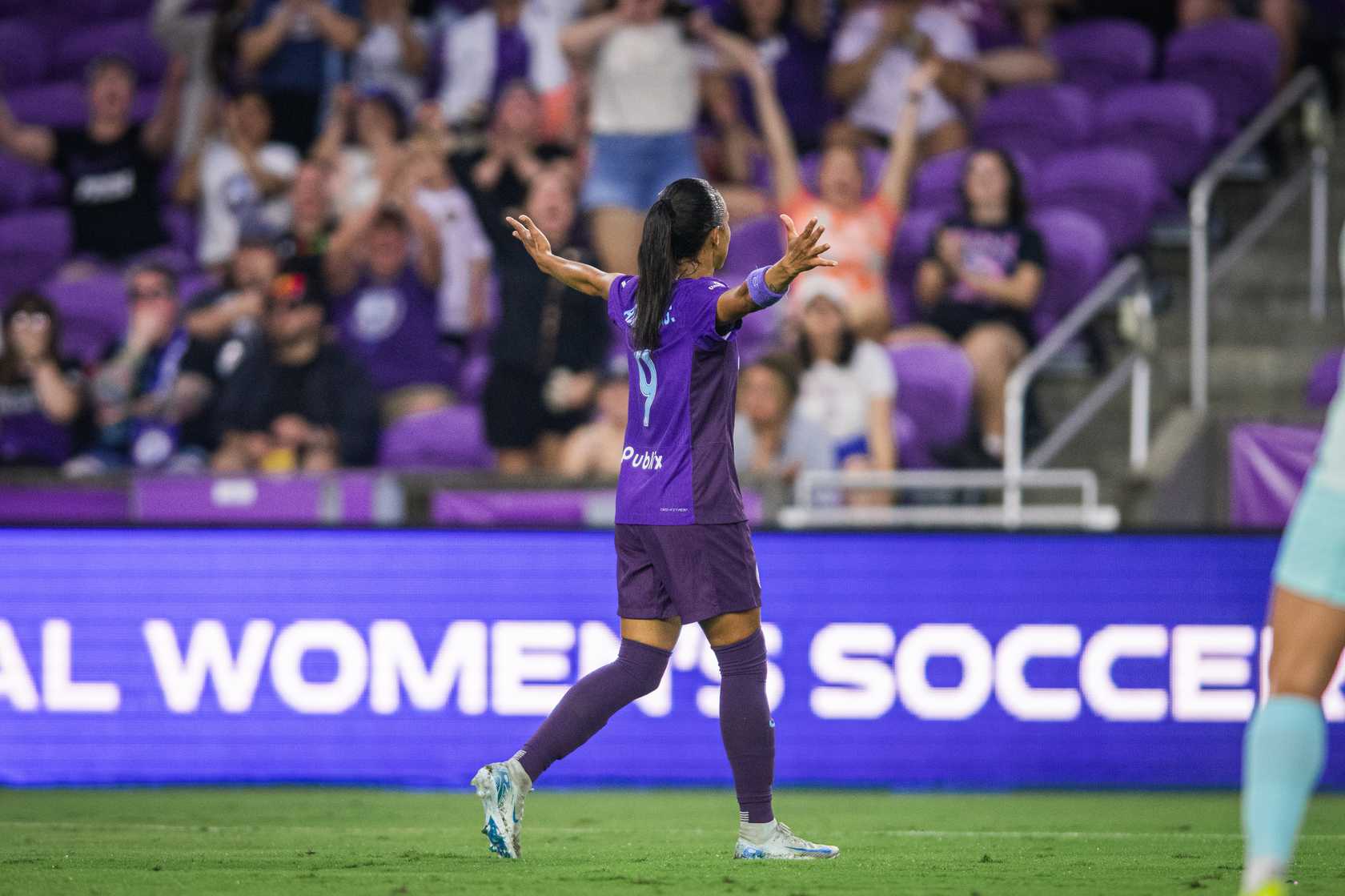
Hello, Mane Landers! I hope all is well with you down in Florida. I just finished setting up broadcasting for the NISA championship match in California over the weekend. This week, I’m back to staying busy at Under Armour and covering high school sports. It was a rough weekend for Orlando’s soccer teams, and we have plenty to cover today. Let’s get to the links!
Lions Fall to Atlanta United at Home on Decision Day
Orlando City fell 2-1 to Atlanta United on Saturday at Inter&Co Stadium on Decision Day. The Lions trailed 2-0 early in the first half before Martin Ojeda pulled one back for Orlando just before halftime. The Lions thought they had a late equalizer from Duncan McGuire, but the referee overturned the goal after a video review. The loss ended Orlando’s three-match winning streak, but it still clinched fourth place in the Eastern Conference as New York City FC lost to CF Montreal. Orlando’s next match will be in the first round of the MLS Cup Playoffs at home against Charlotte FC on Sunday.
Orlando Pride Lose to NJ/NY Gotham FC on the Road
The Orlando Pride lost their second straight match with a 3-1 defeat on the road to NJ/NY Gotham FC on Sunday at Red Bull Arena. The Pride were down 1-0 early in the first half before Adriana converted a penalty to tie things up. Gotham added two goals from Rose Lavelle and Ella Stevens to seal the victory and extend its unbeaten streak to seven matches. The Pride’s next game will be on Nov. 2 at home when they face the Seattle Reign in their final match of the regular season.
Seb Hines Speaks on Diversity in Soccer
BBC Sport interviewed Pride Head Coach Seb Hines after the club won its first NWSL Shield. Hines discussed how he’s helped reshape the club’s culture and advocates for more opportunities for black coaches in the sport alongside assistant coaches Giles Barnes and Yolanda Thomas.
“Being a trailblazer comes with a big responsibility because I want to advocate for more black coaches and diversity within the sport.
“It’s a responsibility to fight for more equality globally. It’s less about winning and more about breaking those barriers. I want to continue to give hope to others.”
Thomas, who joined the Pride’s coaching staff in 2023, also spoke on her passion to drive change and how she was inspired by former England manager Hope Powell.
OCB Eliminated from MLS NEXT Pro Playoffs
Orlando City B was eliminated from postseason play after losing 5-4 on penalties to Chicago Fire FC II following a 1-1 draw at SeatGeek Stadium in the MLS NEXT Pro playoffs . The Young Lions got off to a great start with a goal from Jack Lynn to take the lead in the first half. However, scored an equalizer just before halftime. After 90 minutes and extra time, the game went to penalties, where both teams exchanged goals until sudden death. OCB’s Favian Loyola missed his penalty, while Jean Diouf scored to send Chicago into the conference semifinals. OCB missed out on a chance to get its first postseason win and its 2024 season came to an end.
Orlando City and Pride Announce Hurricane Relief Efforts
Orlando City and the Pride announced hurricane relief effort plans over the weekend so fans can get involved and support those in need following Hurricane Helene and Hurricane Milton. The club also announced that the Wilf Family Foundations contributed $450,000 towards relief efforts, with $350,000 going to the American Red Cross and $100,000 to Heart of Florida United Way, a charity partner for the Pride.
Free Kicks
- Check out Orlando City’s hype video on social media leading up to its playoff match.
- Major League Soccer has reportedly not surpassed the needed number of MLS Season Pass subscriptions in its deal with Apple to trigger the revenue share agreement.
- Inter Miami forward Luis Suarez is reportedly in talks with the club about extending his contract.
- FIFA president Gianni Infantino announced that Inter Miami will play in the 2025 Club World Cup, joining the Seattle Sounders as the only MLS clubs in the competition. Miami will host the opening match at Hard Rock Stadium on July 15.
- Arsenal U-18 manager and former England midfielder Jack Wilshere is reportedly set to leave the club to join EFL Championship side Norwich City as its new manager.
That will do it for me today, Mane Landers. Enjoy your Monday and I’ll see you next time.
Orlando City
Orlando City vs. Atlanta United: Five Takeaways
Here’s what we learned from Orlando City’s 2-1 loss to Atlanta United.
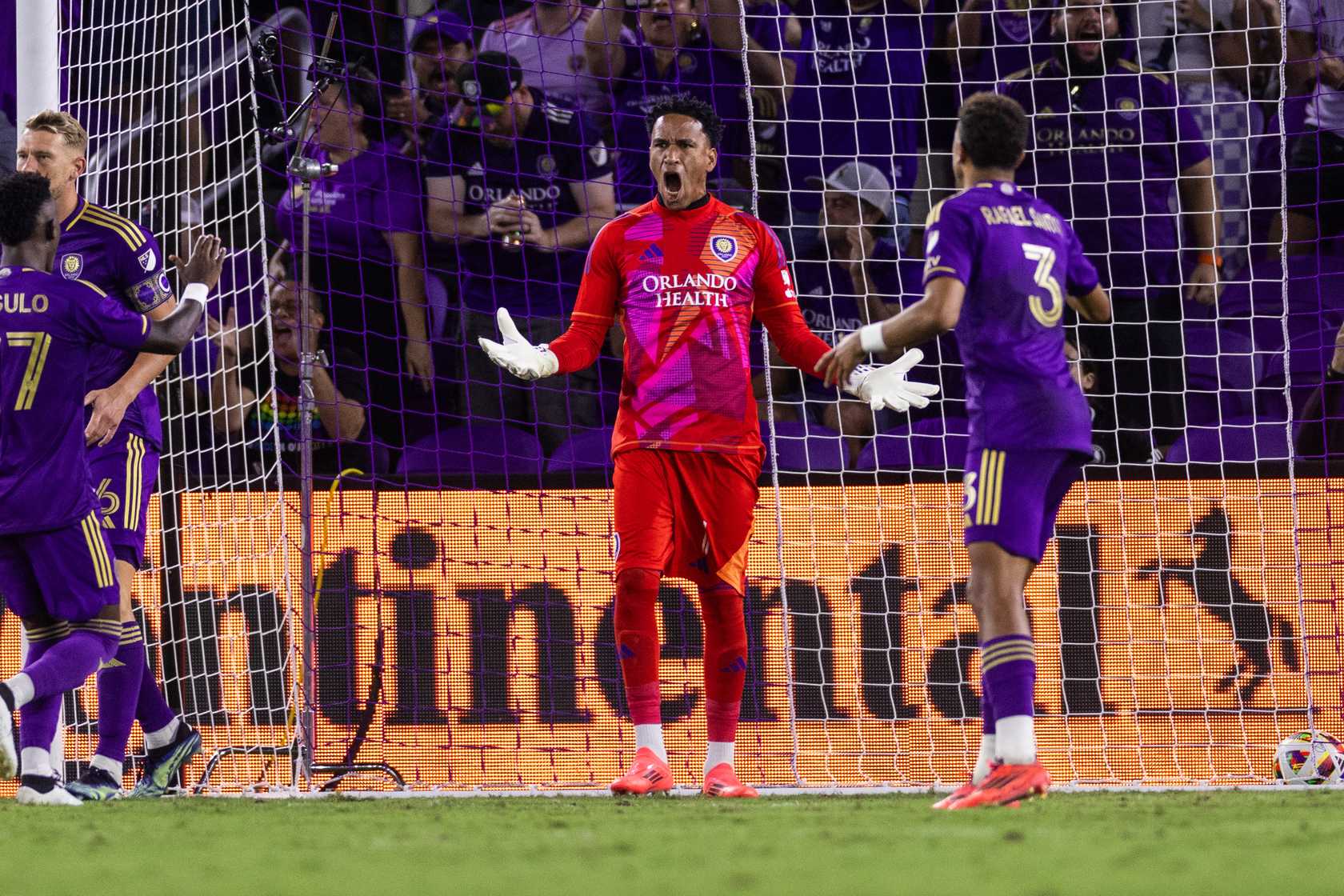
Orlando City hosted Atlanta United at Inter&Co Stadium on Decision Day. The 2-1 loss had its share of controversy, but the Lions’ home undefeated streak ended at seven. While it was a disappointing result, I’m hopeful it will put a chip on the shoulder of Orlando City so the team rolls through the playoffs.
Here are my five takeaways from a depressing but ultimately meaningless loss.
Not a Great Start, Bob
The right side of Orlando City’s defense decided that the level of difficulty in the match needed to be higher. As such, the defenders on that side all decided to take a nap or close their eyes in the seventh minute. Pedro Amador’s back heel to put Saba Lobjanidze behind the defense was slick, and it allowed Lobjanidze to put the ball past Pedro Gallese and into the bottom right corner of the goal. Nine minutes later, Gallese made the initial save on Atlanta’s corner kick, but he pushed it out to Jamal Thiaré, who gave Atlanta the two-goal lead.
It’s Ojeda’s Half
Martin Ojeda was a difference maker for Orlando City right from the start. He managed seven shots in the first half, but it was his goal in the 42nd minute that truly changed the complexion of the match for the Lions. With Orlando City down two goals, Rafael Santos crossed the ball into the box and onto the head of Ojeda, who redirected it past Brad Guzan to pull the Lions within one. It was fitting that Ojeda got the goal, given the good work he’d done all half.
The Great Gallese
Dagur Dan Thorhallsson almost put a dagger in the hearts of the Orlando City faithful when he fouled Lobjanidze inside the box to give Atlanta United a penalty kick less than a minute into the second half. Alexey Miranchuk stepped up to take the kick for Atlanta, but was denied the goal by Gallese. El Pulpo guessed correctly, diving to his right side and getting a tentacle on the shot to keep Orlando City in the match.
The Hand of McGuire
Duncan McGuire’s arm couldn’t have been closer to his body unless it was inside his ribcage. Regardless, the video assistant referee looked at it and sent referee Rubiel Vazquez to the monitor for a second look. Vazquez determined that the ball hit his hand prior to him putting the ball in the back of the net. I was watching from home, and I didn’t think the video evidence was definitive enough to overturn the goal. Of course, I’m not Don Garber…er…PRO referees. If McGuire’s goal stood, Atlanta was out of playoff contention. Instead, the decision put Atlanta into the playoff Wild Card match against CF Montreal.
Good Enough but Not Good Enough
Ultimately, the result didn’t matter for Orlando City. New York City FC’s loss ensured the Lions finished the regular season in fourth place, earning home field advantage in the round. Other than the two defensive lapses early, the Lions dominated the match. Orlando City took 20 shots to Atlanta’s seven, with eight on target to Atlanta’s four. The Lions also held 67% of the possession, and passed at a 90% rate. The chances were there, but saves by Guzan and a controversial overturned goal contributed to the Orlando City loss.
That is what I saw in the 2-1 loss. What were your biggest takeaways from the game? Let us know in the comments below and as always, vamos Orlando!
-

 Orlando City1 week ago
Orlando City1 week agoOrlando City Experiencing Its Golden Age of Offense
-
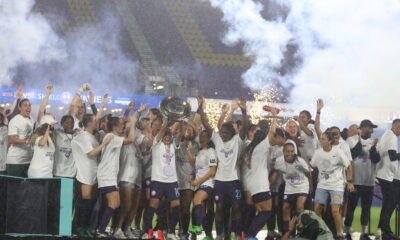
 Orlando Pride2 weeks ago
Orlando Pride2 weeks agoOrlando Pride vs. Washington Spirit: Final Score 2-0 as the Pride Clinch the NWSL Shield
-

 Lion Links2 weeks ago
Lion Links2 weeks agoLion Links: 10/7/24
-
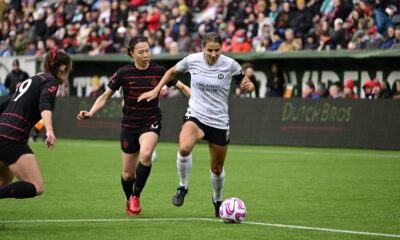
 Orlando Pride1 week ago
Orlando Pride1 week agoOrlando Pride vs. Portland Thorns FC: Preview, How to Watch, TV Info, Live Stream, Lineups, Match Thread, and More
-
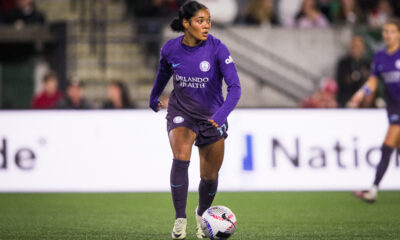
 Orlando Pride1 week ago
Orlando Pride1 week agoOrlando Pride vs. Portland Thorns FC: Final Score 2-0 as Pride’s Unbeaten Run Comes to an End
-
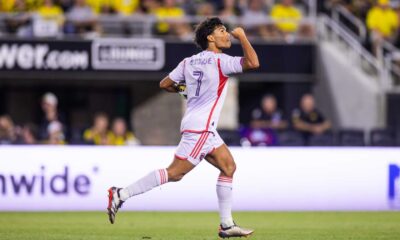
 Lion Links2 weeks ago
Lion Links2 weeks agoLion Links: 10/8/24
-
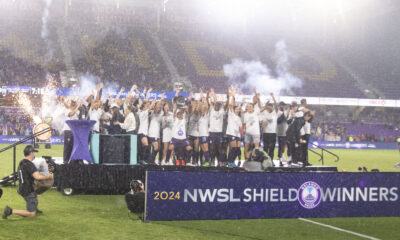
 Photo Galleries2 weeks ago
Photo Galleries2 weeks agoOrlando Pride vs. Washington Spirit: Photo Gallery
-
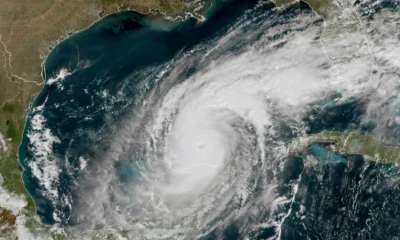
 Uncategorized2 weeks ago
Uncategorized2 weeks agoA Note About Hurricane Milton and The Mane Land

















